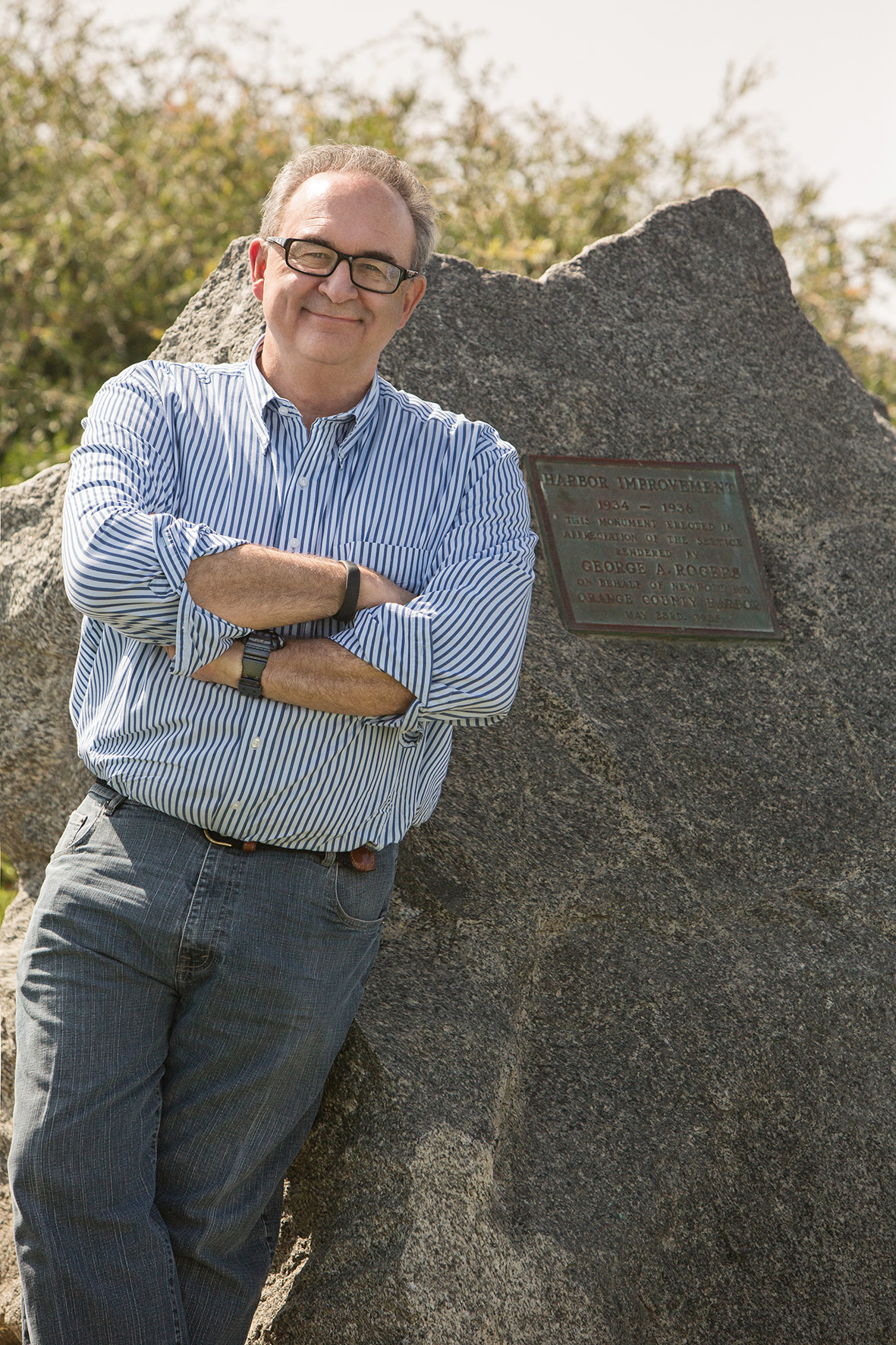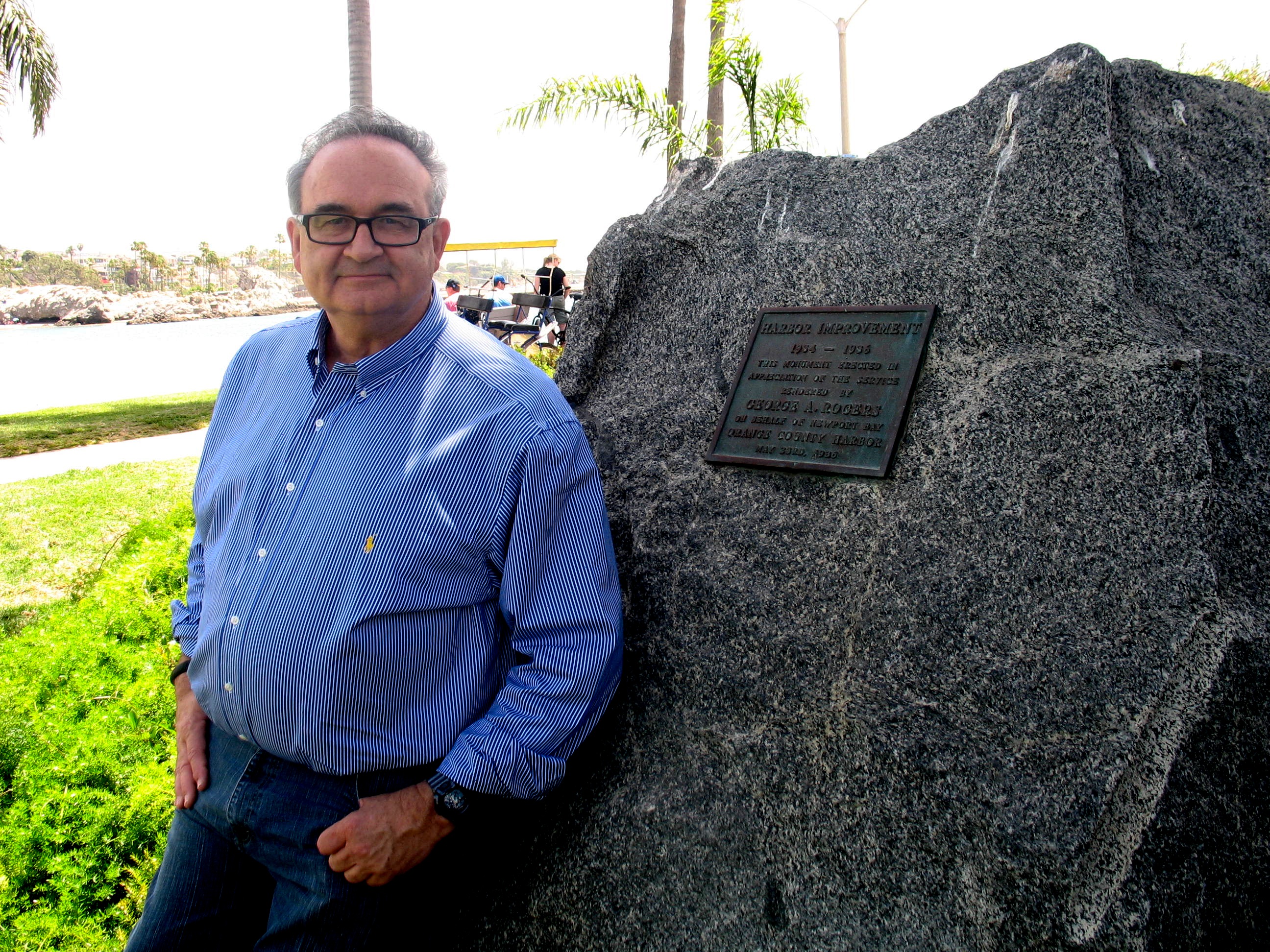RECENT ARTICLES:
NEWPORT BEACH MAGAZINE:
10 to Watch: Newport’s Game-changers and trailblazers are leaving their marks on the city

THE HOLLYWOOD REPORTER:
Academy Elects New Board of Governors including Bob Rogers, The Wedge Creator

THE DAILY PILOT:
Man with links to Wedge tragedies pays tribute
In his documentary, Bob Rogers recalls a piece of family history while also recounting the development of the famous, and deadly, surfing spot.
____________________________________________________________________________________________________________
89.3 KPCC SOUTHERN CALIFORNIA PUBLIC RADIO
The Wedge: New documentary chronicles the perfect point break
Off-Ramp |


